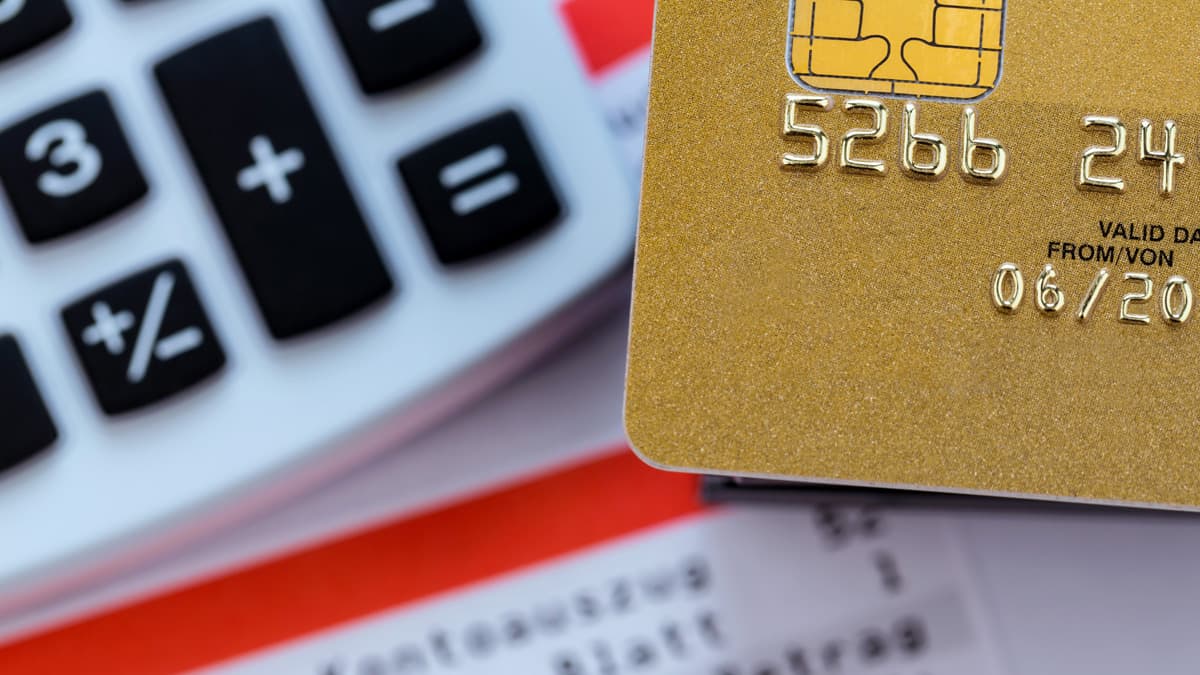Through the coronavirus pandemic, many business owners have had to take an increased amount of personal drawings from their limited companies, but what impact does that have on the business and the director?
What is a limited company?
A limited company is a form of business which is legally separate from its owners and directors. Even if a limited company has only one person involved, who is the sole shareholder and sole director, it is still a distinct legal entity and legally separate from that person.
Therefore, any amount which the director withdraws from that company for personal use is classified as a loan.
The record of these transactions is referred to as your directors’ loan account.
How do we clear a Directors Loan Account?
Usually, the most tax efficient option to clear a director’s loan account is by way of salary (up to the Secondary Threshold) and Dividends.
Dividends can only be declared if the company had made a profit after Tax in the year or have left over profits after Tax in previous years. Therefore, if due to coronavirus, the business had made a loss in the year, the company may not be able to pay out sufficient dividends to repay the director’s loan.
What happens if my Directors Loan is overdrawn and I can’t declare dividends to cover it?
There are two factors to consider when assessing an overdrawn director’s loan account, Personal Tax, and Company Tax.
Personal Tax Impact
If the Directors Loan is overdrawn by more than £10,000 at any point in the tax year, and you don’t pay a commercial rate of interest (After 6th April 2020 this was 2.25%), then the loan is classified as a benefit in kind, of which personal tax is payable on. Chippendale and Clark resolve this issue by charging the commercial rate of interest on the loan within the accounts. So don’t worry, we have this covered!
Corporation Tax Impact
There then also comes a Tax Charge on the company for any directors’ loan overdrawn balance over £5,000, this is known as a S455 Charge and 32.5% of the amount owed at the end of the year becomes payable to HMRC. This is a temporary charge and once the director’s loan is repaid, after 9 months 1 day after the accounting period, you can apply to have this money back.
In the first year, if you repay the directors loan within 9 months 1 day this will prevent the initial 32.5% charge being triggered.
Chippendale and Clark offer a monthly bookkeeping service where we keep on top of your records, each quarter a senior manager will review your records and advise within your quarterly reports if you are in danger of being in an overdrawn director’s loan position, therefore no nasty surprises at the end of the year.
If you would like further information on our monthly service, please contact us.
Share this Story

